Our early morning attempt to land at the northern section of the isthmus on Steeple Jason Island is abandoned due to strong northerly winds. The Explorer sails around Grand Jason Island to reach the southern side of the isthmus on Steeple Jason, where we are able to make a dry landing onto rocks.
Steeple Jason in the remote West Falkands is home to a breeding colony of 150,000 pairs of black-browed albatrosses, the largest in the Falklands. Its location means that only small expedition ships are able to visit. Steeple Jason is also home to a sizeable population of striated caracaras, or Johnny Rooks as the locals call them. Johnny Rooks are a rare bird of prey related to falcons, and are only found in the very south of South America and the Falklands. This particular group were delighted to receive visitors wearing all sorts of thievable items – hats being a particular favourite, with one passenger waving good-bye to theirs as it was filched from the top of their head. The return walk from visiting the albatross colony saw the Rooks in fine form, using the wind to draft down over the tops of visitors heads in search of anything not secured.
The afternoon saw a visit to Carcass Island, named after HMAS Carcass. Similarly to Steeple Jason, cats and rats have never been present on the island, so there is a rich abundance of bird life. The unexpected surprise of the day was during the long hike along the coast to find a leopard seal napping on Leopard Beach. The local owners of the islands, the McGill’s, haven’t seen a leopard seal on the beach in 15-20 years.
The local Gentoo and Magellanic penguin population also seem to be content to share their living conditions with a wide variety of other species of birds, including upland geese in the ponds formed in the low lying land near the beach.
The McGill’s are famous for their hospitality, and put on a large spread for afternoon tea at their home, which included scones jam and cream, sponge and a variety of other cakes and biscuits, to fortify the hikers after a memorable 3 mile trip from the far end of their cove.

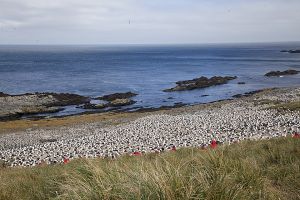
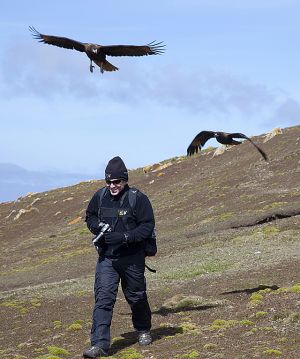
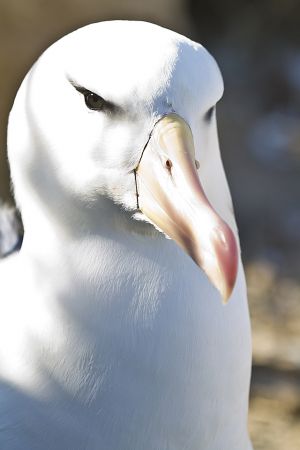
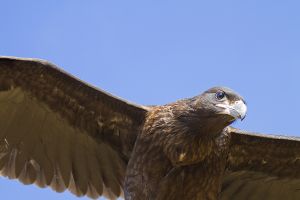
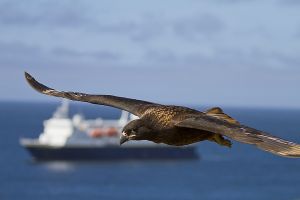
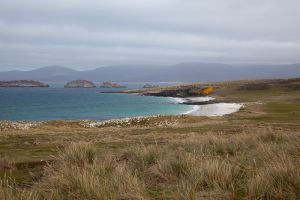
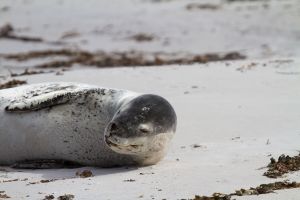
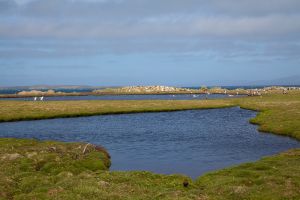
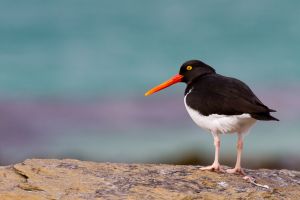
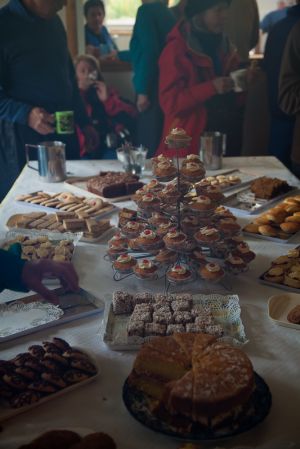
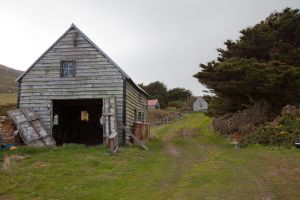
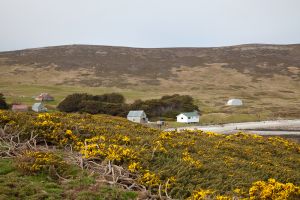
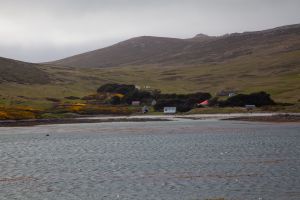


One Trackback
[…] was last here in October 2010, when the albatrosses were laying their eggs. This time, the chicks are about a month away from […]